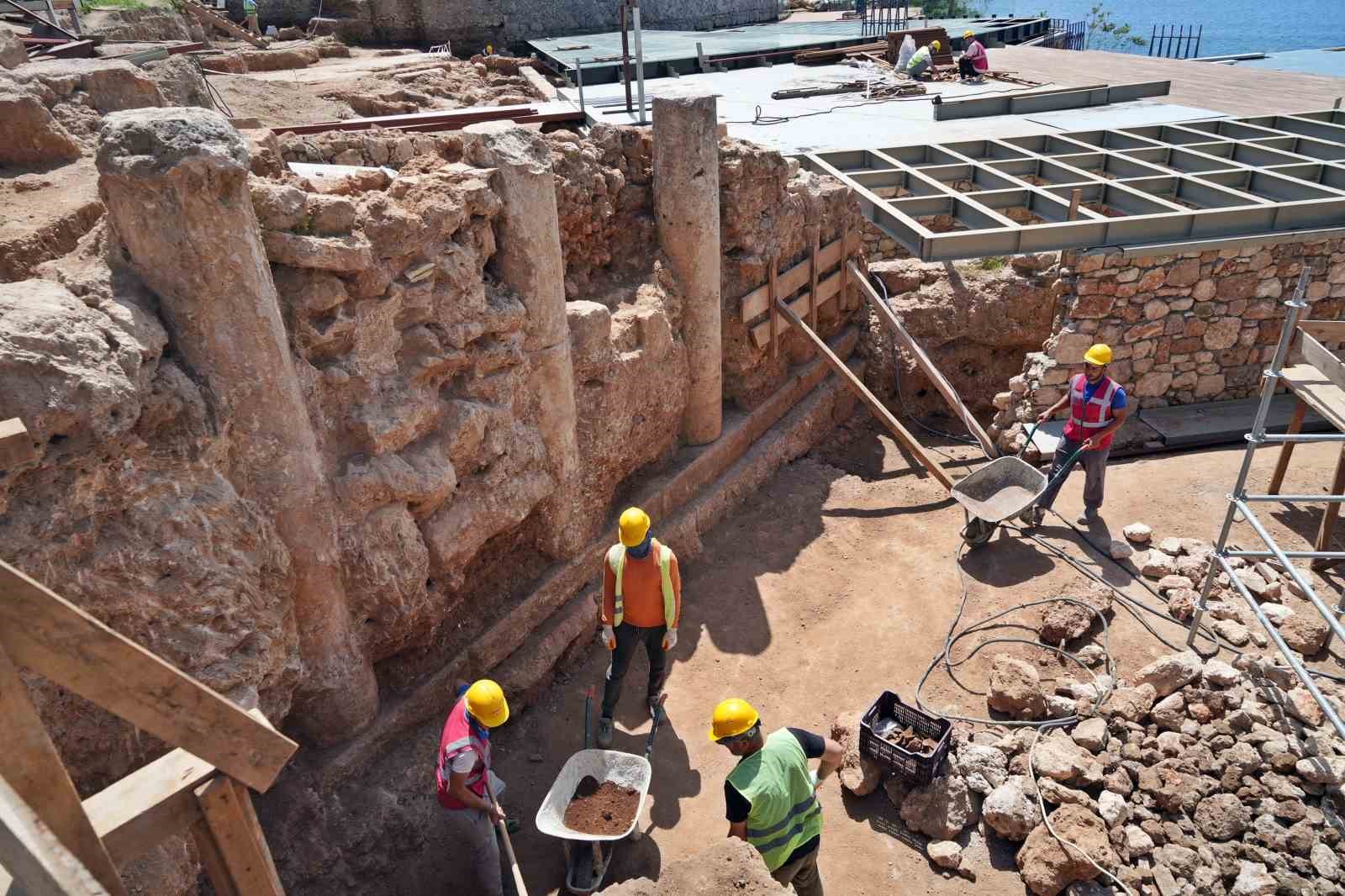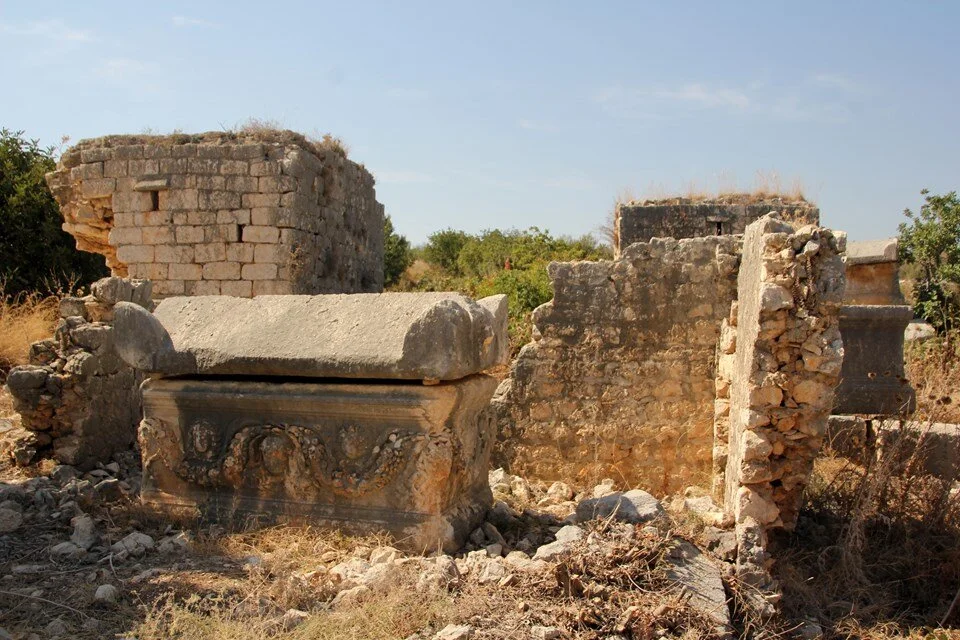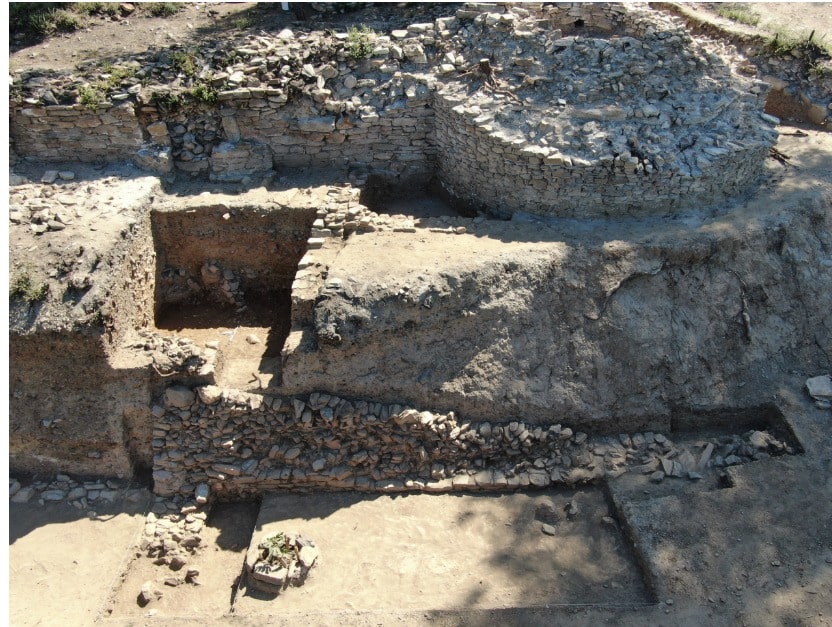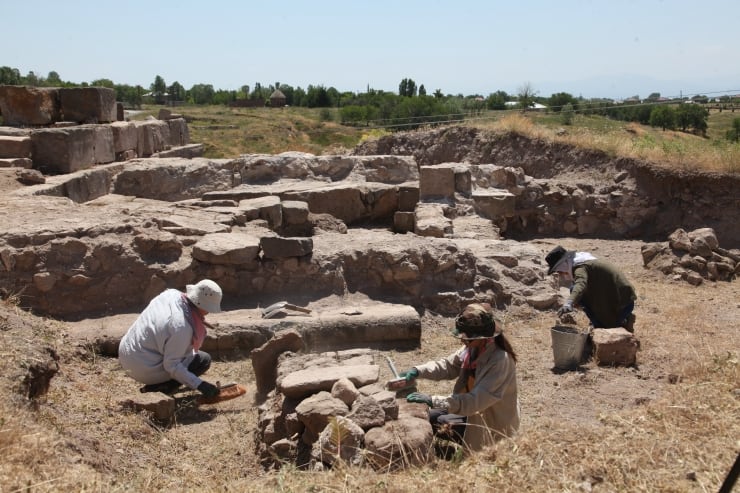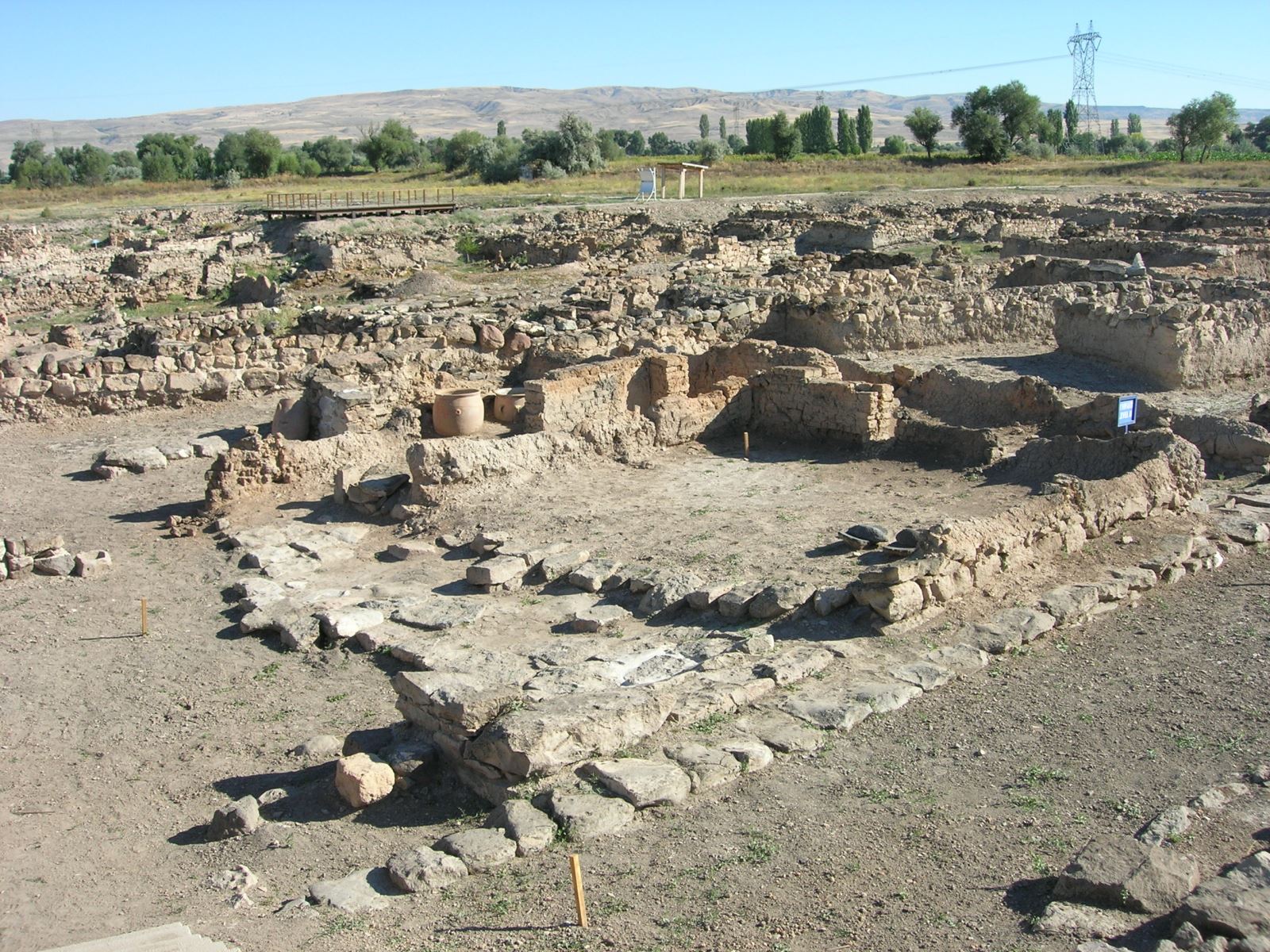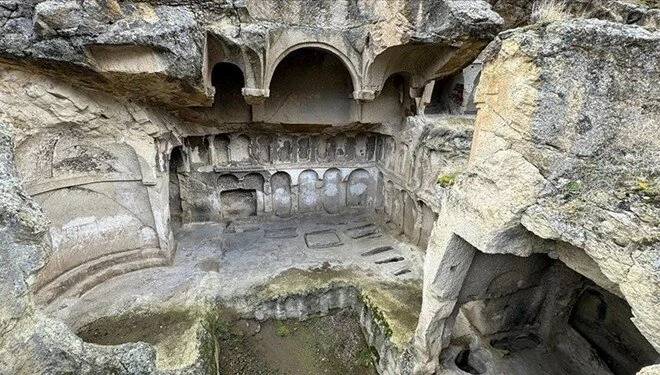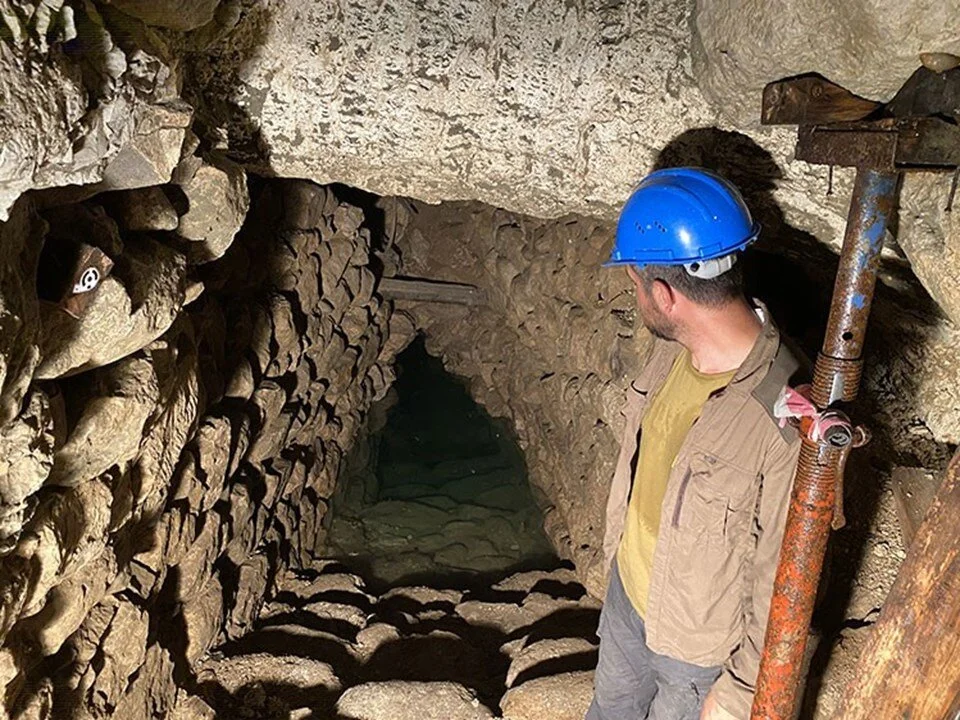In the late 8th century BC, the 1900-year-old ancient road of the ancient city of Aigai, known as the city of goats, built on a rocky hill in Yuntdağı, whose ancient name was “Aspordenos”, was unearthed.
The ancient city of Aigai is located within the borders of Yuntdağıköseler Neighborhood of Yunusemre district of Manisa today.
Aigai is considered to be in the Aeolis Region in Antiquity.
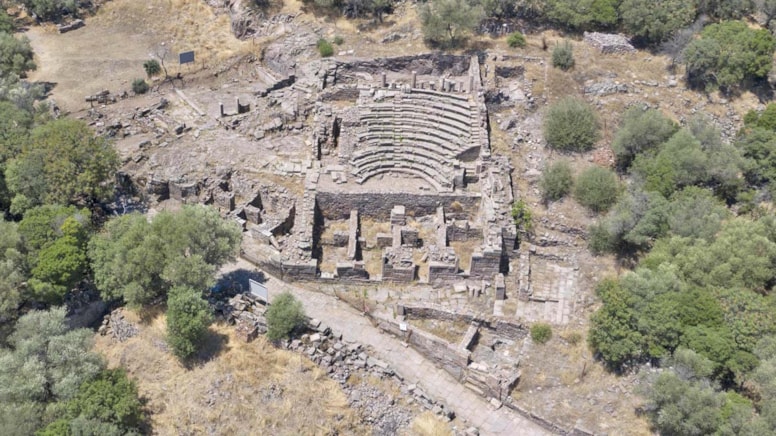
The ongoing archaeological excavations in Aigai are being carried out under the direction of Prof. Dr. Yusuf Sezgin, Head of the Department of Archaeology at Manisa Celal Bayar University (MCBU).
Stating that in the 2023 excavation season, they concentrated on the excavation of the 800-meter ancient road called “Athena Street”, Prof. Dr. Sezgin said that the road comes from the Agora Street gate, one of the main entrances of the ancient city of Aigai, which has a history of 2,700 years, and extends towards the Acropolis.
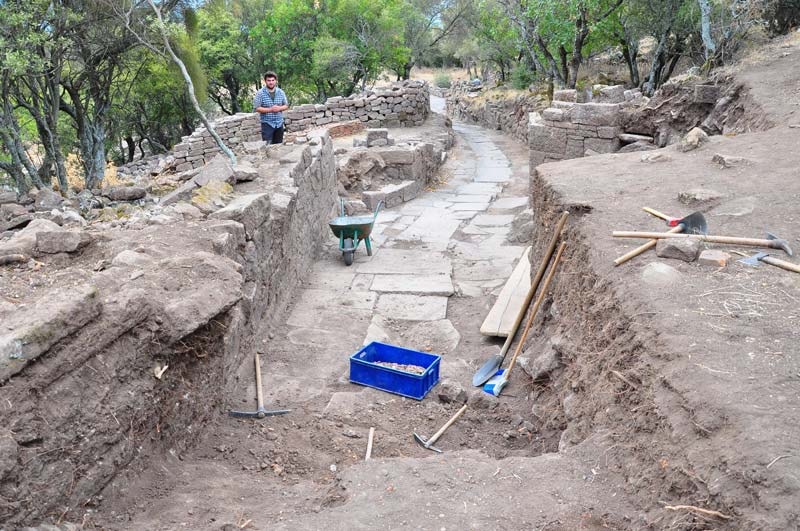
Prof. Dr. Sezgin said, “Athena Street is one of the main arteries of the city. This road connects to the water gates and the outer roads that enter through the water gates. The outer roads are naturally related to the roads leading to Aigai and the surrounding ancient cities. We know that these roads went all the way to Magnesia, to the ancient city of Gryneion in today’s Yenişakran. It is part of a very long network of paved roads.”
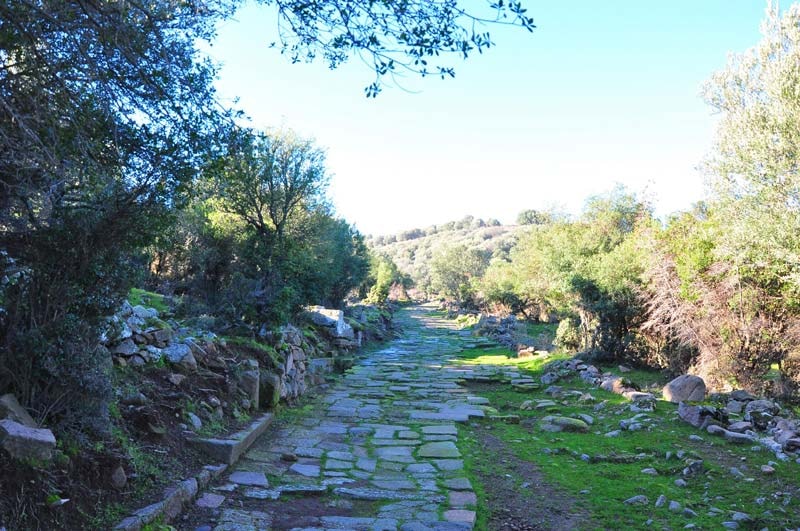
Prof. Dr. Sezgin said that very large sized block stones were used on the ancient road on Athena Street and added, “Sewerage passes on one side of the road and there are channel covers. We have repaired those channel covers as much as possible. It is an important road as the doors of the buildings on the sides of the roads have also been revealed.”
Stating that the excavations will continue in 2024, Prof. Dr. Sezgin said, “The findings of this year’s excavations once again revealed the importance of the ancient city of Aigai. These findings, which help us better understand the plan of the city, will also contribute to visitors to better understand the city.”


